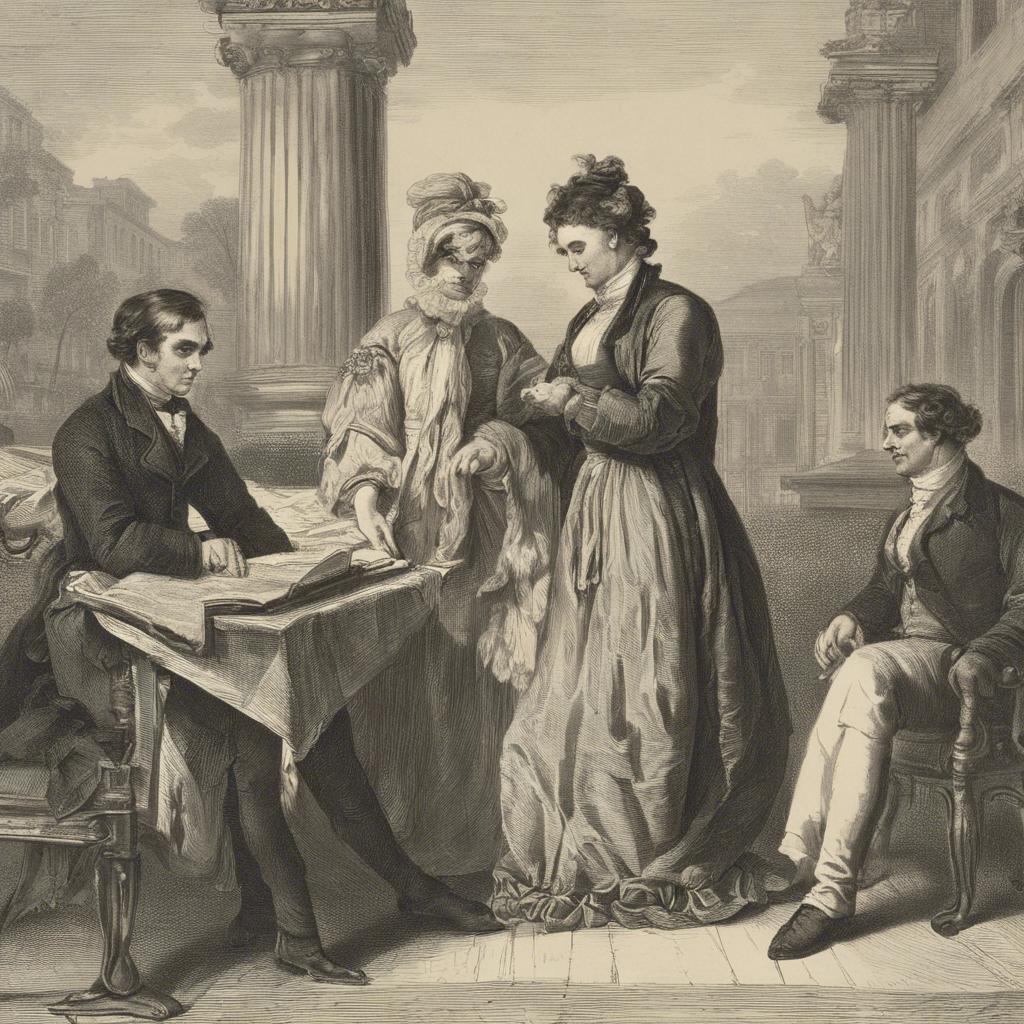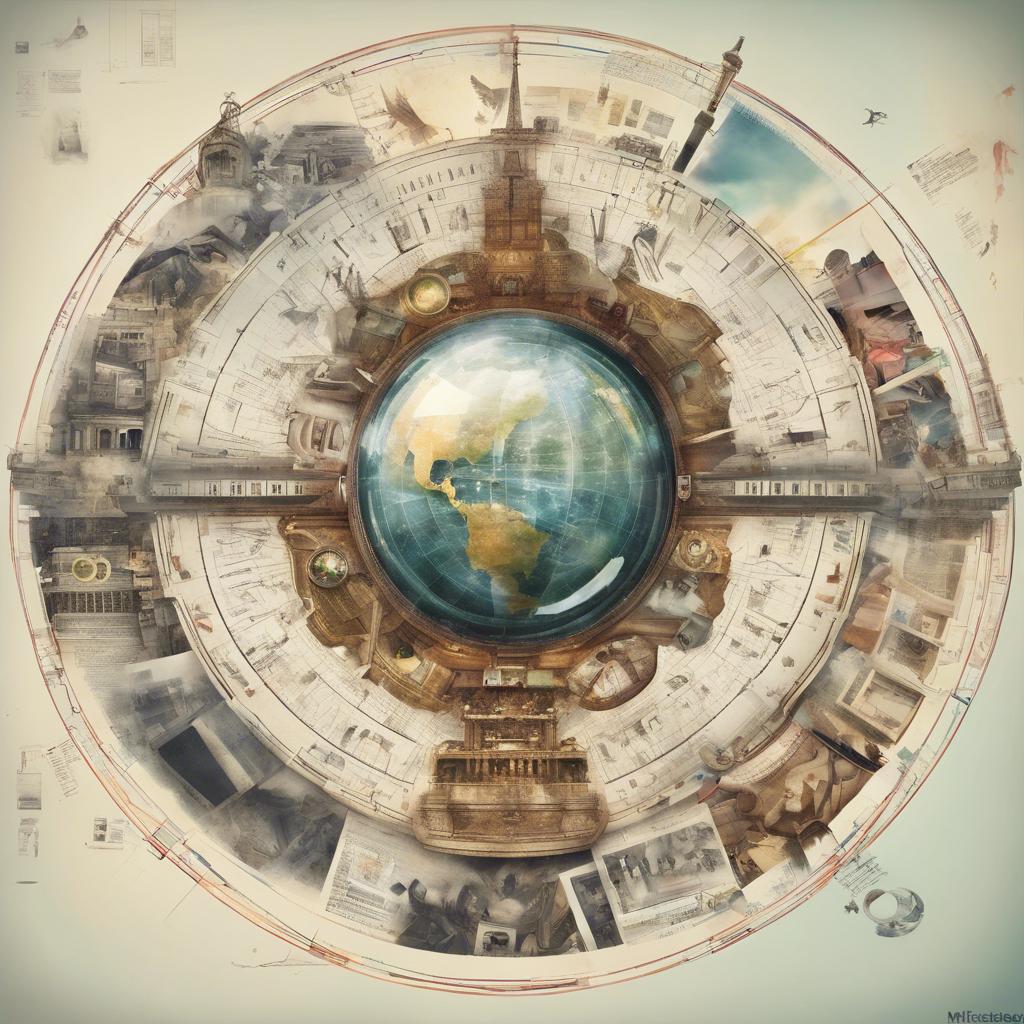During the Regency era, communication between various nations and cultures was essential for fostering diplomacy and trade. In order to bridge the language barrier, skilled translators played a pivotal role in facilitating understanding and collaboration. These individuals possessed a deep understanding of multiple languages and cultures, allowing them to effectively convey messages and interpret documents. In this article, we will explore the invaluable contributions of Regency era translators and their impact on shaping history.
Step Into the World of Cheryl Bolen
Dive into the enchanting stories of love, intrigue, and elegance set in the Regency Era. Cheryl Bolen's novels offer timeless romance and captivating tales that will leave you wanting more.
Explore Cheryl Bolen's Books Now
Introduction: The Role of Regency Era Translators in Bridging Cultural Divides
In the Regency Era, translators played a crucial role in bridging cultural divides and facilitating communication between people of different backgrounds. These skilled individuals were responsible for interpreting and translating various texts, documents, and conversations, helping to foster understanding and collaboration in a world where language barriers often created misunderstandings.
Key Responsibilities of Regency Era Translators:
- Translating important diplomatic documents between nations
- Interpreting conversations during political negotiations and meetings
- Translating literary works and texts to make them accessible to a wider audience
Regency era translators were highly respected for their linguistic abilities and their role in promoting cross-cultural exchange. They often worked closely with diplomats, scholars, and writers to ensure accurate translations and interpretations, playing a vital role in shaping the cultural landscape of the time. Their contributions helped to bridge the gap between different languages and societies, paving the way for greater understanding and cooperation between nations.
Qualifications and Skills Required for Becoming a Regency Era Translator
In order to become a skilled Regency Era translator, it is essential to possess a strong foundation in both the English language and the language of the Regency period, typically French or German. Proficiency in these languages is crucial for accurately translating texts from this era, which often contain complex vocabulary and grammar structures that may differ from modern language conventions.
Additionally, a deep understanding of the cultural and historical context of the Regency Era is essential for a translator to accurately convey the nuances and subtleties of the original text. This requires a thorough knowledge of the social, political, and artistic trends of the time, as well as familiarity with the literature and major figures of the period.
Attention to detail and strong research skills are also essential qualities for a Regency Era translator. Translating texts from this period may require consulting historical documents, reference materials, and specialized dictionaries to ensure accuracy and authenticity in the translation process. A keen eye for detail and a commitment to preserving the integrity of the original text are key attributes for success in this role.
Challenges Faced by Regency Era Translators and Strategies for Overcoming Them
During the Regency Era, translators faced numerous challenges that made their work both demanding and rewarding. One of the primary hurdles they encountered was the lack of standardized spelling and grammar in the texts they were translating. This inconsistency often led to confusion and required translators to carefully decipher the original meaning before translating it into the target language.
Additionally, the limited availability of dictionaries and reference materials posed a significant challenge for Regency Era translators. Without access to comprehensive language resources, they had to rely on their knowledge and intuition to accurately translate complex texts. To overcome this obstacle, translators often developed personalized glossaries and notes to assist them in their work.
Furthermore, the cultural differences between the source and target languages presented a unique challenge for Regency Era translators. In order to accurately convey the nuances and subtleties of the original text, translators had to possess a deep understanding of the cultural context in which the work was written. By immersing themselves in the customs and traditions of the time, translators were able to ensure that their translations were both accurate and culturally sensitive.
Tips for Excelling as a Regency Era Translator
When working as a Regency Era translator, there are several tips to keep in mind in order to excel in this specialized field. One important tip is to familiarize yourself with the language and dialects of the time period. Reading literature from the Regency Era, such as the works of Jane Austen, can help you understand the language and nuances of the era.
Another tip for excelling as a Regency Era translator is to immerse yourself in the culture and history of the time period. By understanding the social norms, customs, and events of the Regency Era, you will be better equipped to accurately translate the text and convey the meaning behind the words.
Additionally, it is important to pay attention to details when translating Regency Era texts. The language of the time period can be very nuanced, with subtle meanings and implications. Be sure to research any unfamiliar terms or phrases, and always strive for accuracy and precision in your translations.
The Way Forward
the regency era translator played a crucial role in bridging the language barrier and facilitating communication during a time of great cultural exchange and diplomacy. Through their skill and dedication, these language experts were instrumental in shaping the course of history and preserving the rich tapestry of languages and traditions that define our world today. As we reflect on their contributions, may we recognize the enduring legacy of these unsung heroes of the past. Thank you for joining us on this journey through the fascinating world of regency era translation.


